The Ultimate Guide to Sintered Stone Dining Tables
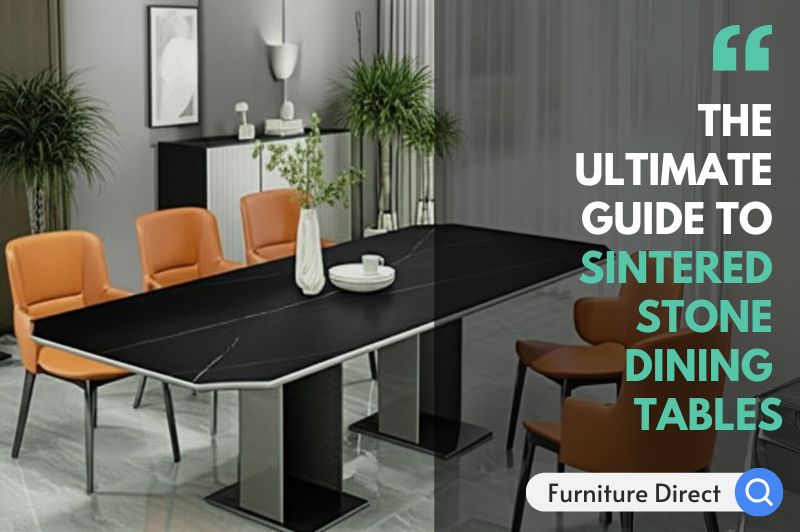
If you’re looking for a dining table that combines elegance, durability, and easy maintenance, a sintered stone dining table might be the perfect choice for your home. This modern material is gaining popularity for its outstanding features that outperform many traditional tabletop materials.
What is Sintered Stone?
Sintered stone is a natural mineral-based material created by fusing minerals like quartz, feldspar, and silica under extremely high heat and pressure. Unlike engineered stones that use resins or polymers, sintered stone contains no synthetic binders, making it 100% natural and non-toxic.
The result is a dense, non-porous surface that is highly resistant to stains, scratches, heat, and water absorption. This makes it ideal for dining tables that see daily use and occasional spills.
Key Benefits of Sintered Stone Dining Tables
- Durability: Resistant to scratches, chips, and impacts, perfect for busy households or commercial spaces.
- Stain Resistance: Non-porous surface prevents liquids like wine, coffee, or oil from penetrating, making spills easy to clean.
- Heat Resistance: Can handle hot pots and pans directly on the surface without damage or discoloration.
- Hygienic: The non-porous nature prevents bacteria, mold, and mildew growth, ensuring a safe dining environment.
- Low Maintenance: Requires only mild soap and water for cleaning—no sealing or special cleaners needed.
- Waterproof: Completely impervious to water, preventing swelling or warping common in wood tables.
- Eco-Friendly: Made from natural and often recycled minerals, with sustainable manufacturing processes.
- Design Versatility: Available in a wide range of colors and finishes to match any interior style.
Why Choose a Sintered Stone Dining Table?
Whether you prefer a sleek modern look or a classic style, sintered stone dining tables offer unmatched practicality without sacrificing beauty. Their ability to withstand heat, stains, and scratches makes them ideal for families with children, pet owners, or anyone who loves to entertain.
Additionally, their resistance to UV rays means they can be used both indoors and outdoors, maintaining their color and finish over time.
Frequently Asked Questions (FAQ)
- Is sintered stone better than marble or granite for dining tables?
- Yes. Unlike marble or granite, sintered stone is non-porous and does not require sealing. It is more resistant to stains, scratches, and heat, making it more practical for everyday dining use.
- Can I put hot pots directly on a sintered stone table?
- Yes, sintered stone is highly heat-resistant and can safely handle hot pots and pans without cracking or discoloration.
- How do I clean and maintain a sintered stone dining table?
- Simply wipe it down with a soft cloth and mild soap or detergent. No special cleaners or sealing are necessary.
- Is sintered stone safe for food preparation?
- Absolutely. Its non-porous and hygienic surface prevents bacteria buildup, making it safe for placing food directly on the table.
- Are there many color options available?
- Yes, sintered stone comes in a variety of colors and finishes, from classic whites and greys to deep blacks and textured patterns, allowing you to customize your table to your décor.
- Can sintered stone tables be used outdoors?
- Yes, sintered stone is UV-resistant and waterproof, making it suitable for outdoor dining spaces as well.
- Is a sintered stone dining table environmentally friendly?
- Yes, the material is made from natural minerals and often incorporates recycled content. The manufacturing process is sustainable and chemical-free.

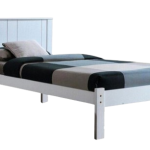
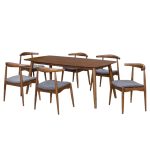
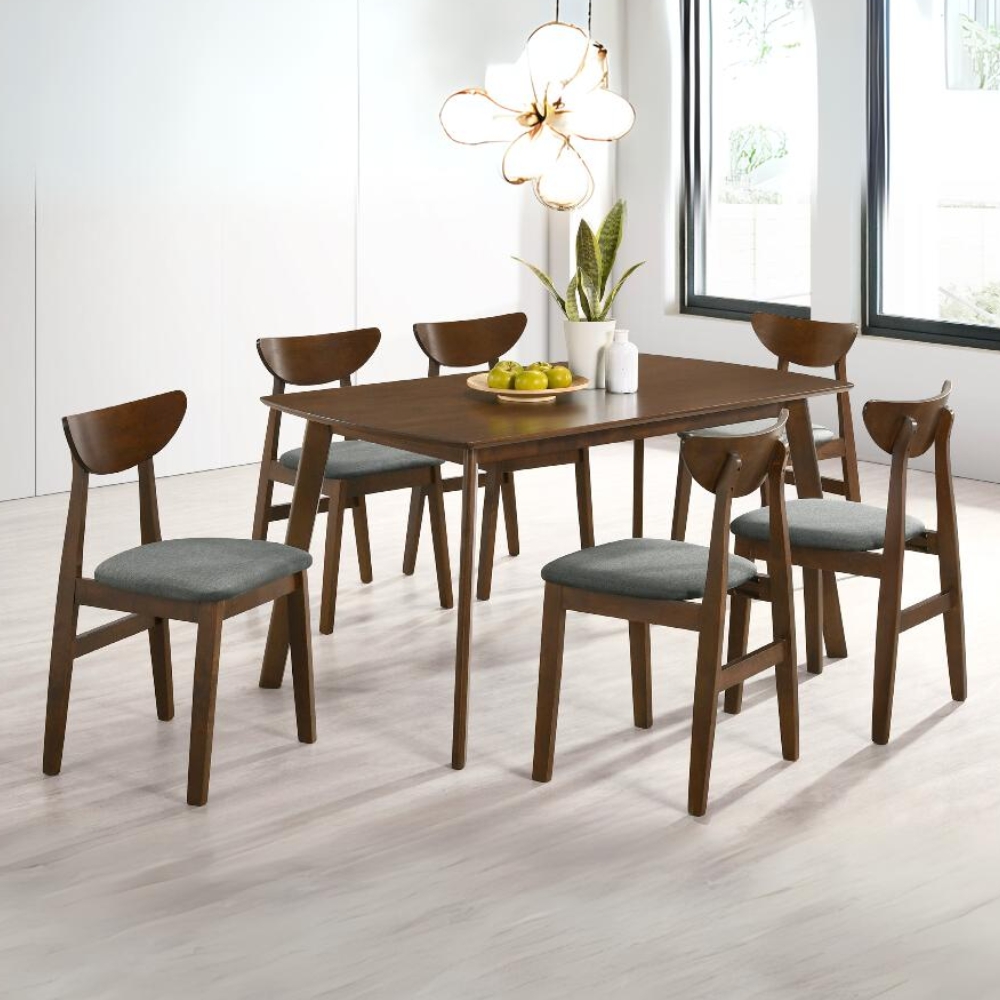


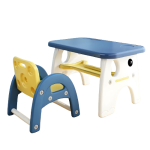
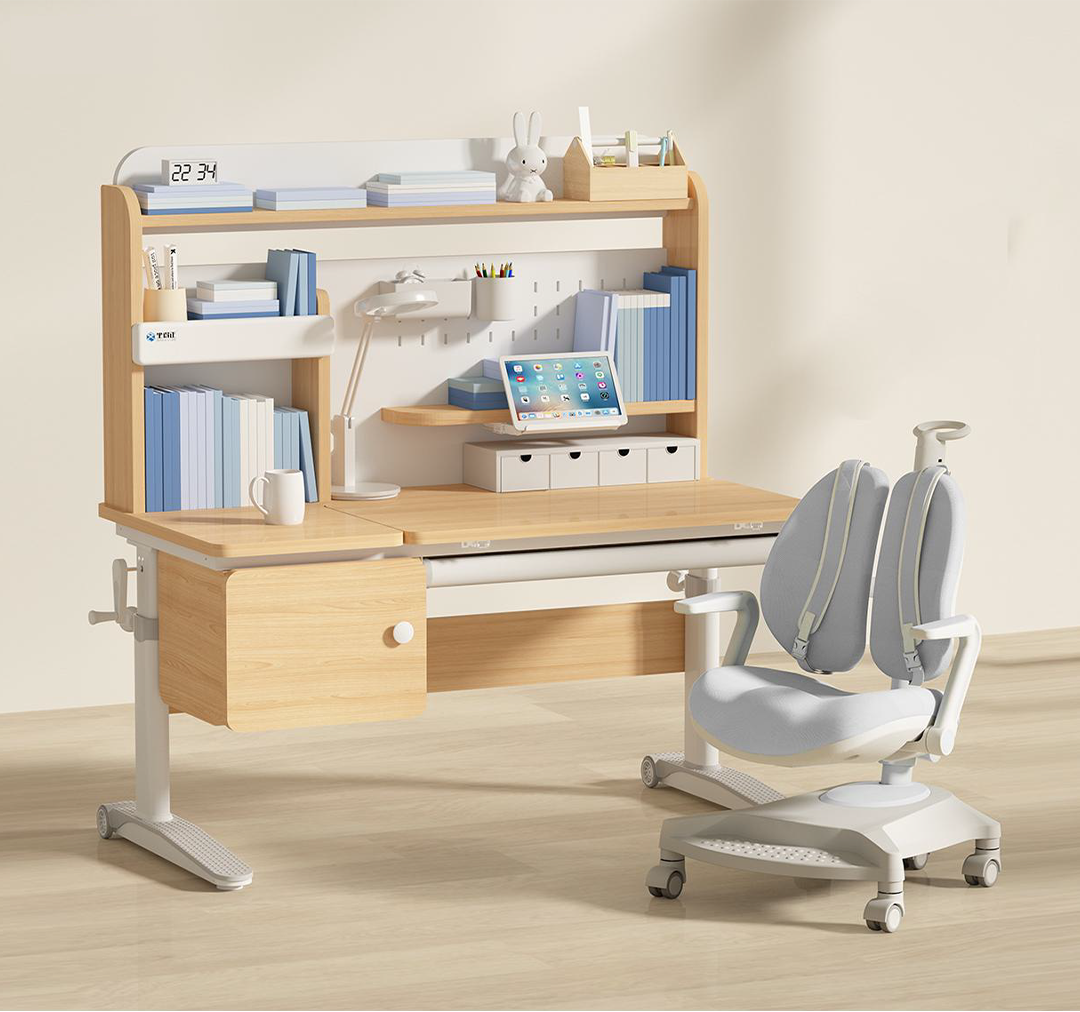

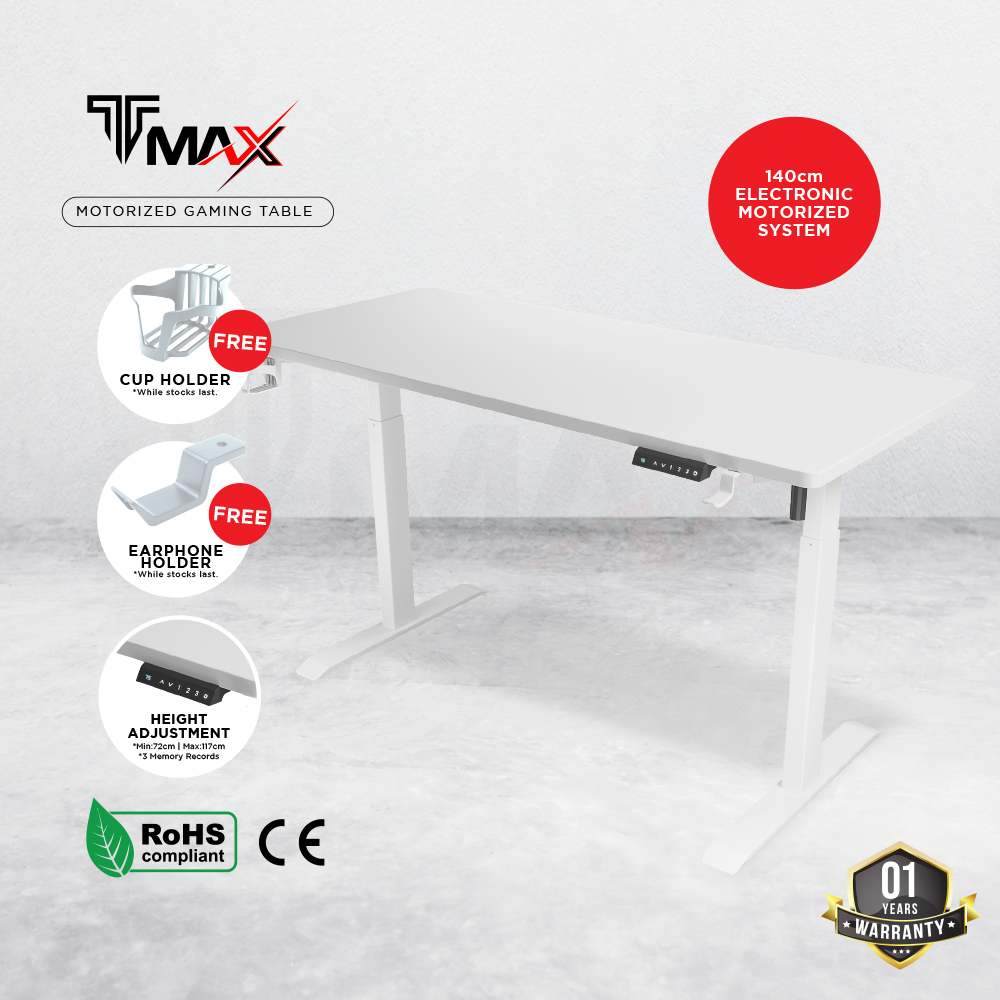
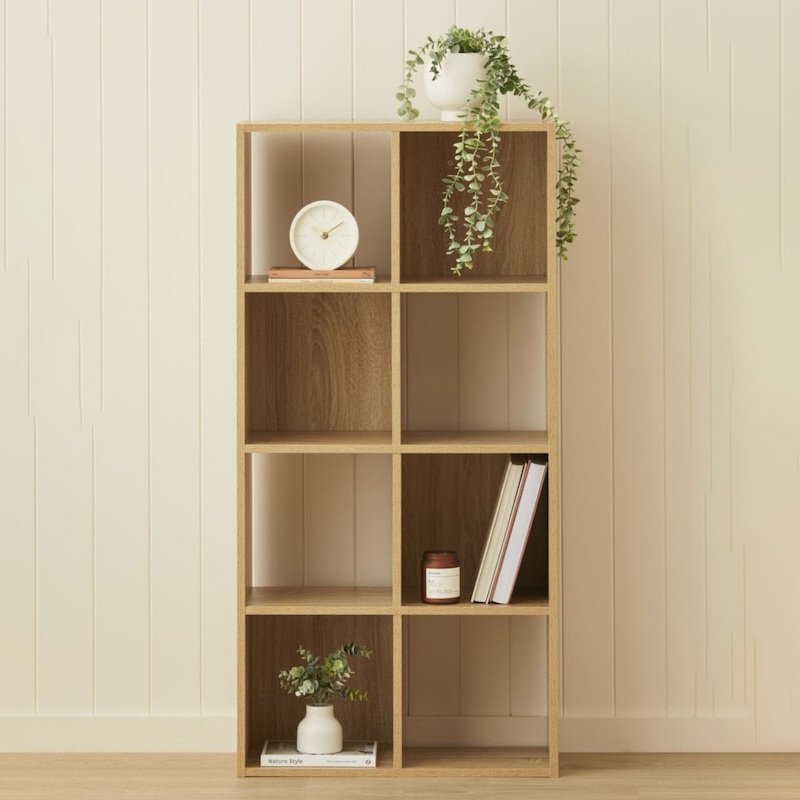


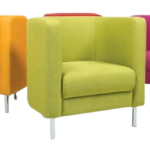
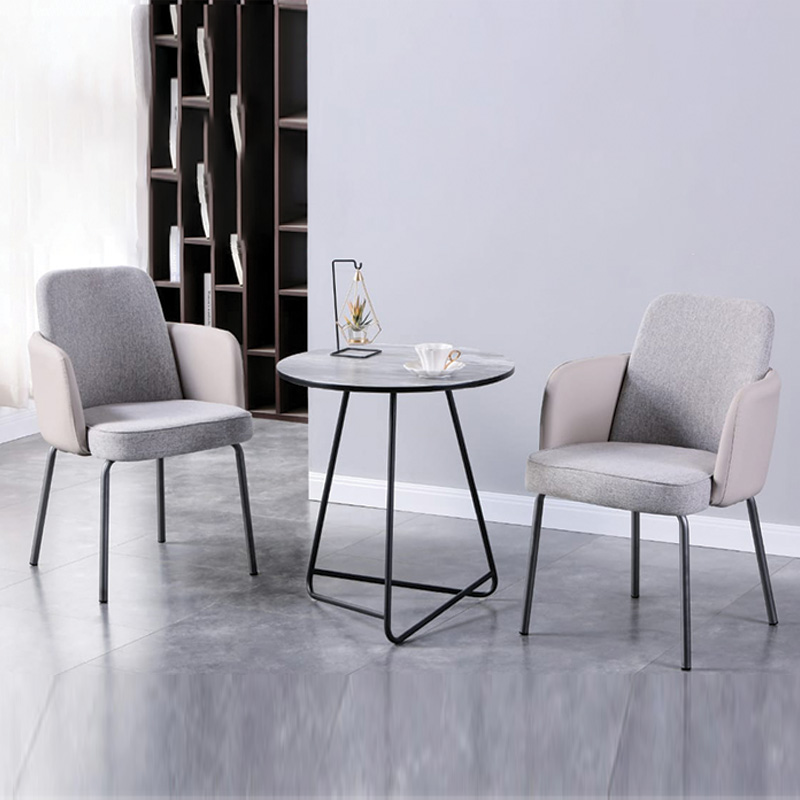
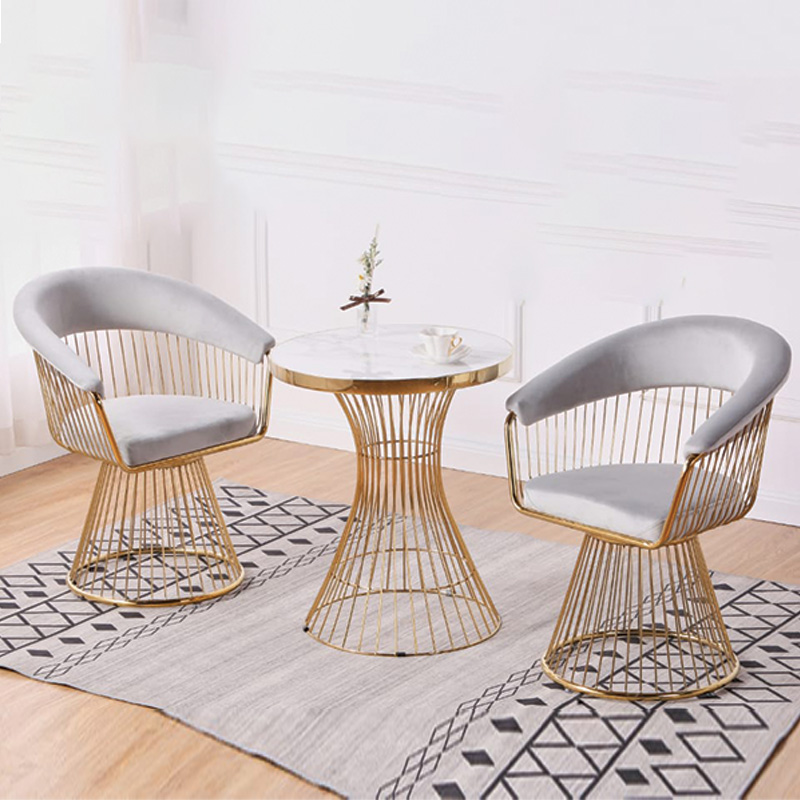
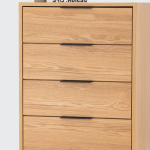
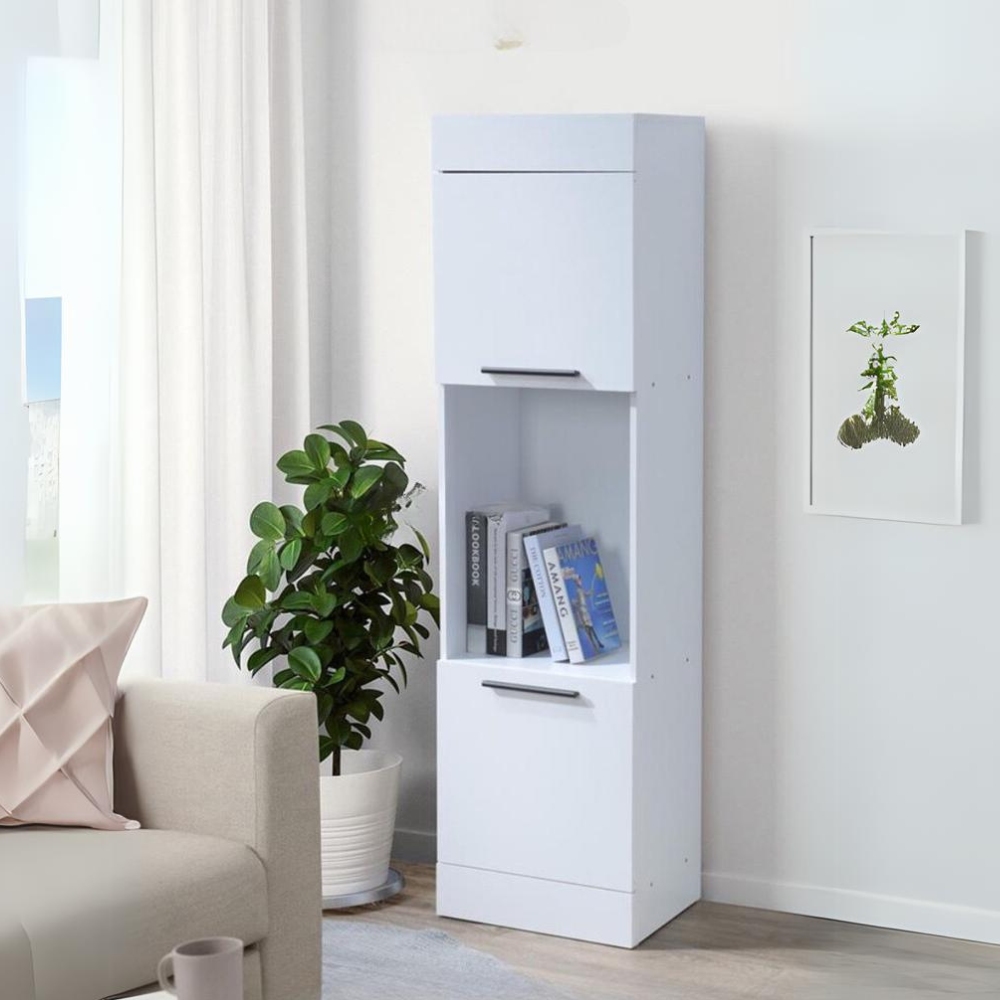
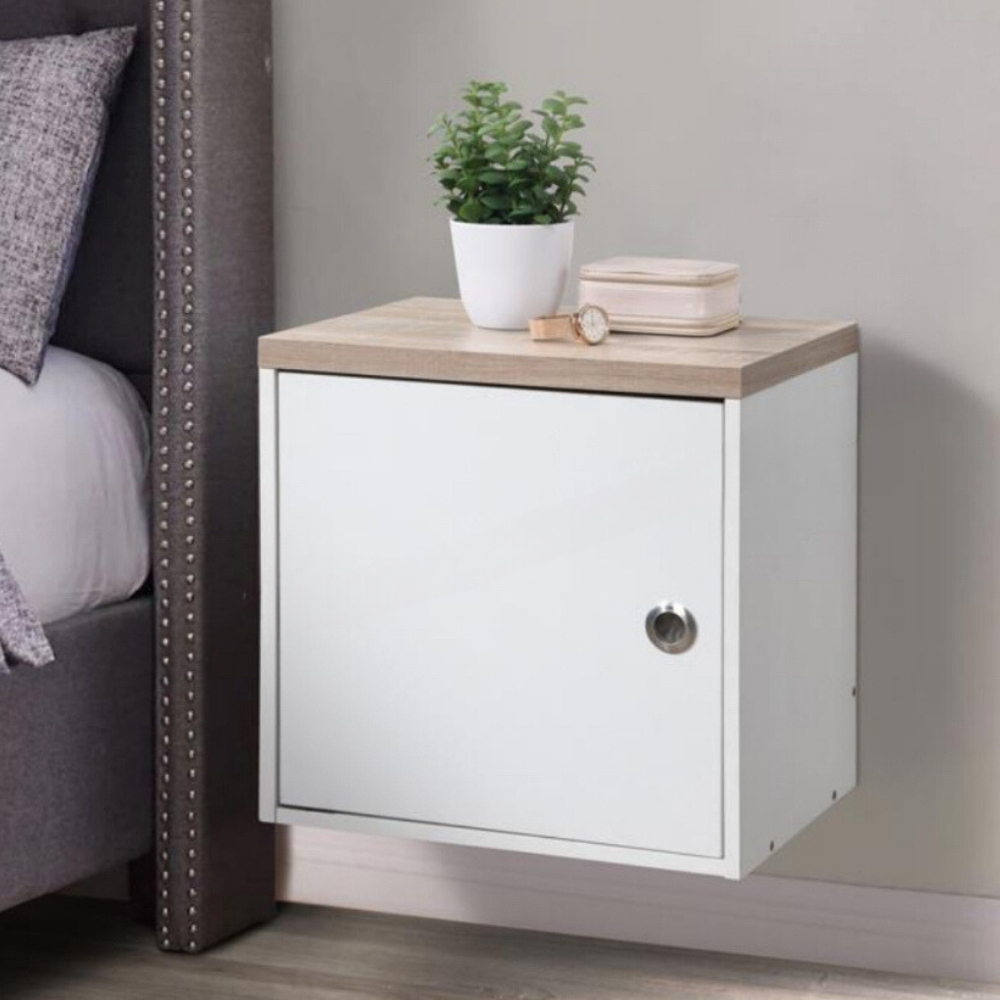
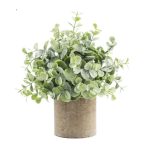

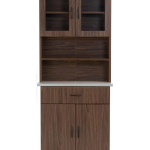
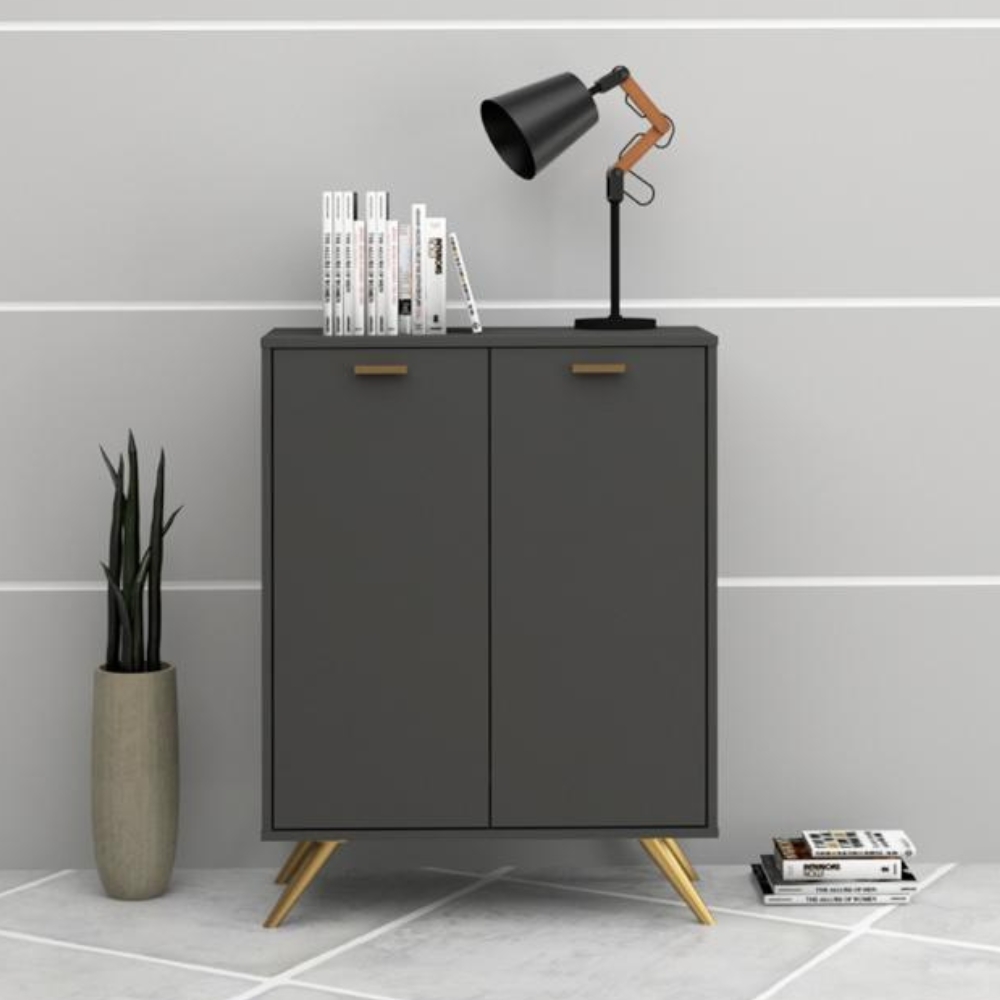












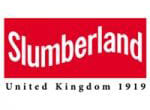







 Office Storage
Office Storage Steel Cabinet
Steel Cabinet
